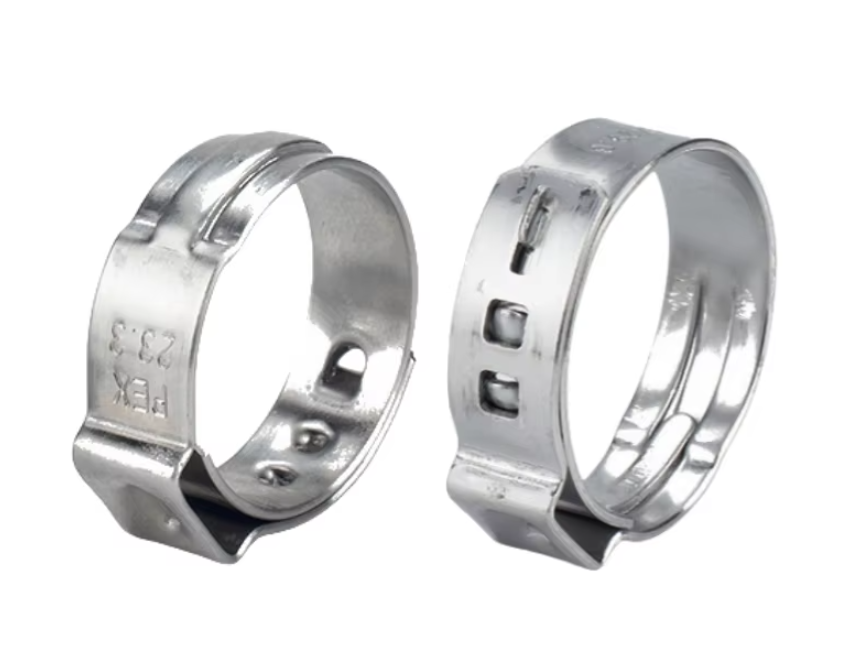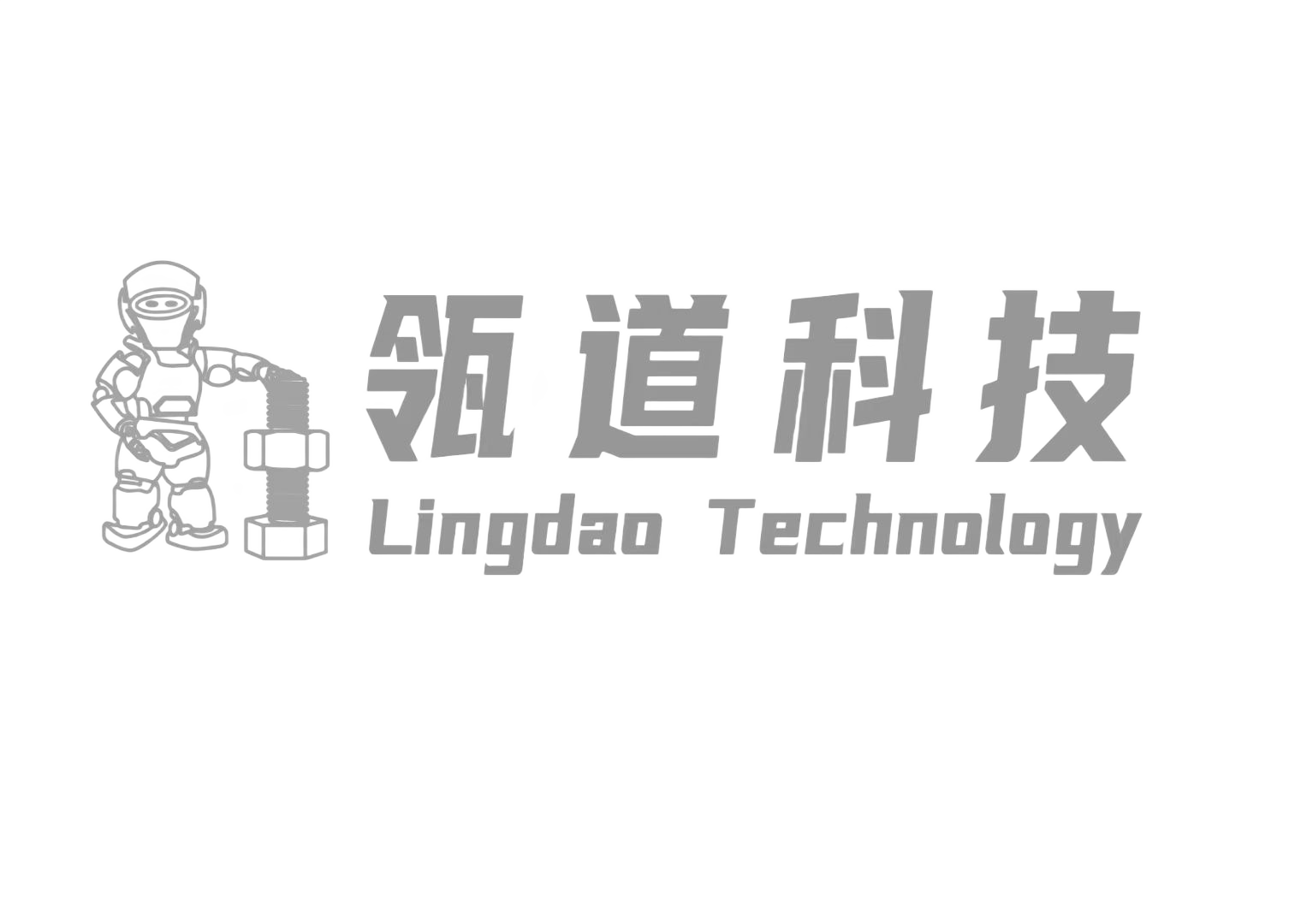Essential Role of Industrial Clamping Solutions in Critical Sectors
The reliable operation of marine vessels and agricultural machinery hinges on robust fluid management systems, where heavy duty hose clamps play an indispensable role. These essential components ensure leak-free connections in environments where system failure isn't just inconvenient – it's potentially catastrophic. From securing coolant lines in marine engines to maintaining high-pressure irrigation systems in industrial farming, these specialized fasteners form the backbone of fluid transport infrastructure.
Modern heavy duty hose clamps are engineered to withstand extreme conditions, including corrosive saltwater exposure, intense vibration, and dramatic temperature fluctuations. Their applications span from small recreational boats to massive commercial vessels, and from compact farming equipment to extensive agricultural operations. Understanding their crucial role and proper implementation can mean the difference between smooth operations and costly system failures.
Marine Industry Applications and Challenges
Engine Room and Propulsion Systems
In marine environments, heavy duty hose clamps face some of their most demanding applications. Engine room installations require clamps that can withstand constant vibration, high temperatures, and exposure to various fluids. Cooling systems, fuel lines, and exhaust connections all rely on these robust fasteners to maintain integrity in challenging conditions.
The propulsion system particularly depends on secure connections, where heavy duty hose clamps must maintain their grip despite intense pressure variations and mechanical stress. These components are crucial in preventing coolant leaks, fuel system failures, and exhaust gas escapes that could compromise vessel safety and performance.
Deck and Hull Applications
Above and below deck, marine vessels employ numerous fluid management systems that require reliable clamping solutions. Bilge pumps, freshwater systems, and waste management installations all incorporate heavy duty hose clamps designed to resist corrosion and maintain seal integrity despite constant movement and exposure to elements.
Hull penetrations represent particularly critical applications, where clamp failure could lead to catastrophic consequences. These areas require specialized heavy duty hose clamps with enhanced corrosion resistance and superior clamping force to ensure watertight integrity under all conditions.

Agricultural Implementation and Requirements
Irrigation Systems and Water Management
Modern agricultural operations rely heavily on efficient irrigation systems where heavy duty hose clamps play a vital role in maintaining system integrity. These components must withstand varying pressure levels, exposure to chemicals, and constant environmental challenges while securing connections in extensive irrigation networks.
Large-scale sprinkler systems and drip irrigation installations require particularly robust clamping solutions to prevent leaks and maintain optimal water distribution. The clamps used in these applications must resist degradation from fertilizers and agricultural chemicals while maintaining consistent pressure across vast networks.
Heavy Equipment and Machinery Applications
Agricultural machinery operates under intense conditions, with hydraulic systems and cooling circuits that demand reliable connection solutions. Heavy duty hose clamps in these applications must withstand extreme vibration, temperature variations, and exposure to dust and debris while maintaining secure connections.
From harvesters to tractors, agricultural equipment relies on these components to ensure continuous operation during critical harvesting periods. The clamps must provide consistent performance despite seasonal temperature changes and varying operational demands.
Material Selection and Environmental Considerations
Corrosion Resistance and Durability
The selection of appropriate materials for heavy duty hose clamps is crucial in both marine and agricultural applications. Stainless steel variants, particularly grades 304 and 316, offer superior corrosion resistance essential for saltwater exposure and chemical contact. These materials ensure long-term reliability and reduced maintenance requirements.
Surface treatments and coating options can further enhance durability, with some manufacturers offering specialized finishes for extreme environmental conditions. These treatments can significantly extend service life while maintaining optimal clamping force throughout the component's lifespan.
Temperature and Pressure Tolerances
Different applications require specific temperature and pressure ratings for heavy duty hose clamps. Marine engine rooms can expose clamps to temperatures exceeding 200°F, while agricultural applications might involve rapid temperature fluctuations and high-pressure fluid systems.
Modern manufacturing techniques allow for clamps designed to maintain their structural integrity and clamping force across wide temperature ranges. This versatility is essential for applications where operating conditions can vary significantly throughout the working cycle.
Installation and Maintenance Best Practices
Proper Installation Techniques
Correct installation of heavy duty hose clamps is crucial for optimal performance and longevity. Proper torque application, positioning, and alignment ensure maximum sealing effectiveness and prevent premature failure. Technicians must consider factors such as thermal expansion, vibration patterns, and accessibility for future maintenance.
Installation tools and procedures should be specifically matched to the clamp type and application requirements. Using calibrated torque tools and following manufacturer specifications helps prevent over-tightening or insufficient clamping force.
Maintenance Schedules and Inspection
Regular inspection and maintenance of heavy duty hose clamps are essential for preventing system failures. Visual checks should focus on signs of corrosion, proper alignment, and maintaining correct tension. Marine applications particularly benefit from scheduled maintenance intervals that align with other system checks.
Documentation of installation dates, maintenance activities, and replacement schedules helps ensure optimal performance and safety. This systematic approach to maintenance can significantly extend service life and prevent unexpected failures.
Frequently Asked Questions
What makes heavy duty hose clamps different from standard variants?
Heavy duty hose clamps feature enhanced material thickness, superior construction quality, and higher clamping forces compared to standard variants. They typically incorporate additional features like broader bands, reinforced screw housings, and specialized surface treatments for extreme conditions.
How often should heavy duty hose clamps be replaced in marine applications?
While specific replacement intervals depend on application and operating conditions, marine-grade heavy duty hose clamps should typically be inspected annually and replaced every 3-5 years or at the first sign of corrosion or degradation. Critical systems may require more frequent replacement schedules.
What are the key considerations when selecting clamps for agricultural equipment?
When choosing heavy duty hose clamps for agricultural applications, consider factors such as chemical resistance, temperature range requirements, vibration exposure, and pressure ratings. The specific application, environmental conditions, and maintenance accessibility should guide selection decisions.

